Sprite Logo Design: History & Evolution
Image Courtesy: Sprite
When it comes to iconic and refreshing visuals, Sprite logo design has carved out a niche that's both unique and inspiring. Since its inception, the vivid and effervescent Sprite logo has undergone several transformations, reflecting the ever-evolving trends in graphic design. Whether you're a seasoned designer or just starting your journey, the history and evolution of the Sprite logo design can serve as a fascinating case study. From bold typography to crisp imagery, it captures the spirit of innovation that every graphic designer strives to achieve.
So, grab your favorite design tool and a cold can of Sprite as we delve into the chronicles of Sprite logo design. This article will quench your thirst for creativity and knowledge, taking you through a timeline of changes, techniques, and cultural impacts that have shaped this emblem of refreshment. If you're as excited about logos as we are about lemon-lime flavored beverages, then this exploration of Sprite's visual identity will be a delightful read. Join us as we pop the cap off the design history of one of the world's favorite sodas!
Sprite Logo Design History
1961 - 1964
The early 60s marked the beginning of the Sprite logo design's vibrant journey, one that would resonate with people's love for the refreshing drink. But it was in 1964 that a distinctive emblem started taking shape. This era saw a remarkable transformation in the brand's visual identity, embracing a playful color palette of red and grass-green. The decision to divide the color scheme among the letters—half in one hue and the other half in another—was more than just aesthetic; it symbolized the zest and duality of the brand's flavors.
One element that caught the eye was the enlarged star, becoming bolder and assuming a red color that matched the vertical bar of the "I." This was a clever twist in Sprite logo design, infusing a touch of boldness while maintaining simplicity. For graphic designers, this change presented a masterclass in how minimal tweaks can significantly influence brand perception. The alterations of this period didn't just add visual appeal; they told a story, embodying the spirited character of Sprite. As we take a nostalgic look back, this time in Sprite logo design reminds us that creativity lies in details and a willingness to experiment.
Image Courtesy: Sprite
1964 - 1974
Entering the decade from 1964 to 1974, the Sprite logo design continued to evolve, mirroring the vibrant and lively image of the brand. The combination of red and grass-green that was introduced in 1964 became a defining feature, adding a joyful character to the emblem.
The star, now bolder and red, continued to shine brightly in the design, along with the innovative touch of a red-colored vertical bar on the "I." It was a period where design elements were fine-tuned, keeping the essence of creativity alive. These seemingly simple changes in Sprite logo design resonated with the brand's effervescent personality and were nothing short of revolutionary for their time.
This era's design choices offer valuable insights for contemporary graphic designers. They showcase how consistency and subtle enhancements can drive a brand's identity, making Sprite's logo a classic example of design evolution done right.
Image Courtesy: Sprite
1974 - 1989
The years 1974 to 1989 ushered in a new chapter in Sprite logo design. The redesign in 1974 introduced a fresh typeface, opting for a smooth sans-serif style with softened angles and bold lines. This shift aligned with the trends of the time, adding a modern flair to the emblem.
Gone were the red and green contrasts; the main text became all green again, save for a circular solid dot, which was rendered in red. This move was more than a mere color change. It marked a return to simplicity, highlighting the brand's original refreshing essence while keeping a touch of the boldness introduced earlier.
The 1974 Sprite logo design invites us to reflect on how design trends change and the importance of staying true to a brand's core while adapting. This era's logo is not only a piece of design history but a timeless lesson in crafting visual identities that resonate. Whether you're a budding designer or a seasoned professional, the story of Sprite logo design from 1974 to 1989 provides a refreshing glimpse into the art of brand evolution.
Image Courtesy: Sprite
1989 - 1995
The end of the 1980s marked a significant chapter in the Sprite logo design narrative, as the iconic logo featuring a lemon in place of the dot was introduced in 1989. This innovative touch was not only symbolic but also visually enticing, providing a distinctive and instantly recognizable look.
The new logo was enhanced with a light green wordmark, slightly italicized, set in a bold and elegant font. Above the "I" was the striking two-layered image of a lime and lemon, placed horizontally. The interplay between these natural elements and the logo's textual components created a blend of freshness and sophistication that resonated with consumers around the globe.
For graphic designers, this version of the Sprite logo design is a beautiful illustration of how the incorporation of symbolism and creativity can forge an unforgettable connection with the audience. This era's logo was more than a mere brand representation; it was artistry, embodying the very essence of the beverage. The legacy of this design phase continues to be a rich source of inspiration and a testament to how intelligent design choices can craft timeless brand imagery.
Image Courtesy: Sprite
1995 - 2003
Progressing into the mid-90s, the Sprite logo design underwent a shift, aligning with the era's trends and maintaining the brand's lively persona. The detailed lime and lemon emblem was replaced with an abstract version—two solid overlapping circles—in 1995.
Placed above the white, diagonally located lettering, the new icon sat on a gradient green and blue background, accentuated with a striped pattern. This new design, still seen on beverage bottles in some countries, was a bold move, infusing a modern twist into the Sprite logo design.
This transformation provides an intriguing insight into how abstract imagery can retain a brand's identity while adding a contemporary touch. The design choices of this period showcase a well-balanced blend of familiarity and novelty, a lesson in adapting to changing aesthetics without losing the brand's core essence. For both seasoned designers and those starting in the field, this Sprite logo design era offers a sparkling example of how to refresh a classic brand with creativity and elegance.
Image Courtesy: Sprite
2002 - 2005
The early 2000s saw the Sprite logo design embracing a more modern look. In 2002, the typeface of the wordmark was revamped, sharpening the angles and making the edges more distinct. The white lettering was complemented by a thin blue outline and a bold shadow, highlighting the brand's refreshing attributes.
This era also witnessed the lime-lemon dot becoming sleeker and smoother, and introduced a horizontal version of the logo, where the shadow of the letters turned into a thick blue outline and the icon above the "I" had a lime overlapping a larger lemon.
These design changes in the Sprite logo were both subtle and profound, providing a sleek and up-to-date appearance while preserving the brand's history and core identity. The new visual language conveyed the beverage's effervescence in a manner that was trendy yet timeless. For graphic designers, the Sprite logo design from 2002 to 2005 offers valuable lessons in modernization and brand adaptation, illustrating that thoughtful redesign can breathe new life into a beloved brand without losing its soul.
Image Courtesy: Sprite
2004 - 2009
The years 2004 to 2009 in Sprite logo design history were characterized by a strategic shift, one that brought the badge into a horizontal disposition. This period showcased the subtlety of effective design transformation, where the lettering was now framed with thicker blue outlines, but the typeface of the inscription remained untouched.
What truly marked this era was the reimagined yellow dot above the “I” turning into an artistic rendering of a lemon, overlapped by a lime. Both citrus fruits were drawn horizontally, complementing the new badge orientation. This alteration in Sprite logo design not only enhanced the visual appeal but also enriched the symbolic connection between the logo and the product.
For graphic designers, this phase provides a fascinating lesson in nuanced redesign. It demonstrates how even seemingly minor changes, like adjusting the orientation or adding a touch of symbolism, can significantly impact the logo's appearance and brand identity. The Sprite logo design of this period stands as a testament to the power of thoughtful creativity in forming lasting impressions.
Image Courtesy: Sprite
2008 - 2021
The Sprite logo design journey continued to evolve in 2008 with a refined wordmark that exuded elegance. The smooth white letters, now encased in a dark blue outline, were nestled within a dandy gradient badge, featuring six-pointed angles and horizontal sides arched toward the center.
A standout feature of this redesign was the replacement of the dot above the “I” with an oversized lemon, whose bottom part was creatively colored green. This addition further emphasized the citrus essence of the drink and cemented the logo's iconic status.
This era's Sprite logo design is an inspiring example of how to infuse a classic design with a modern twist without losing the essence of the brand. By balancing elegance with playfulness, this design phase strikes a chord with graphic designers aiming to create memorable and timeless visuals. The fusion of color, shape, and symbolism here paints a vivid picture of how design evolution works at its best.
Image Courtesy: Sprite
2014 - 2021
As we venture into the period from 2014 to 2021, we witness a marked shift towards simplicity in Sprite logo design. The emblem, crafted in 2008, was stripped of its gradient shades and glossy textures and replaced by a flat green and white image, retaining the same large lemon on top.
This move towards minimalism was not just a nod to contemporary design trends but a strategic decision to emphasize the core values of the Sprite brand. The streamlined, uncluttered look resonated with the modern consumer while preserving the logo's distinctiveness.
The Sprite logo design of this era serves as an example of how design does not always need to be complex to be effective. By focusing on essential elements and embracing a simpler aesthetic, this logo continues to stand strong as a symbol of refreshment and creativity. For graphic designers looking to balance modernity with tradition, the evolution of Sprite logo design from 2014 to 2021 offers a sparkling blend of inspiration and practical insights.
Image Courtesy: Sprite
2018 - 2021
The Sprite logo design of 2018 to 2021 marks a phase in which simplicity takes center stage. In 2018, the much-recognized lemon that had become synonymous with the logo was removed, leaving all other details untouched and completely repeating the previous version of the Sprite visual identity.
Though a seemingly minor change, the removal of the lemon symbolized a brand focusing on its core. This Sprite logo design shift brings attention to the essence of the brand, leaving behind embellishments while retaining a powerful visual identity.
For graphic designers, this period offers insight into the power of subtraction in design. Sometimes, less truly is more, and the 2018 Sprite logo design is a testament to how minor tweaks can still make a significant impact, preserving brand integrity and familiarity.
Image Courtesy: Sprite
2019 - 2022
The Sprite logo design continued its evolution in 2019 with a vibrant color switch. Now, the white wordmark took its place on a sharp green badge. The iconic lemon emblem was replaced by a solid yellow dot, a change that looks simple but still brilliantly represents the flavor and freshness of the famous drink.
This Sprite logo design phase reflects a balance of modernity and heritage. By marrying a contemporary color palette with a simplified yet resonant symbol, this redesign speaks volumes about the brand's character.
For those in the graphic design field, the Sprite logo design from 2019 to 2022 serves as an inspiring example of how to maintain a brand's essence while keeping pace with changing design trends. The careful use of color and form creates a visual identity that's both refreshing and recognizable, a perfect mirror of the product itself.
Image Courtesy: Sprite
2022 - Present
Moving into the latest chapter, the redesign of 2022 has simplified the Sprite logo design further, using a solid green logotype, placed horizontally, as the badge's only element. The typeface of the new wordmark closely resembles that used in the previous badge, with just small, thoughtful modifications.
A charming detail is found in the dot above the "I," now set closer to the vertical bar, creating a "smiling" arched cut at its end. The upper part of the lowercase "R" was also slightly refined, a subtle touch that adds uniqueness.
This Sprite logo design is a study in subtlety and grace. Every change is purposeful and refined, echoing the product's refreshing simplicity. For graphic designers, the current Sprite logo design is a lesson in minimalism, proving that even the smallest adjustments can breathe new life into a brand. It exemplifies the art of knowing what to keep and what to change, crafting an identity that's at once contemporary and timeless.
Image Courtesy: Sprite
Analysis: Sprite Logo Design Evolution
The evolution of Sprite logo design is a fascinating journey that perfectly encapsulates the changing tides of branding and graphic design over the years. From vibrant color shifts to the simplification of forms, the Sprite logo has undergone several transformations, each reflecting the brand's core values and market trends. In this analysis, we'll delve into five key aspects that have defined the Sprite logo design's path, providing insights for graphic designers seeking to understand how a brand can adapt, evolve, and still remain true to its essence.
Embracing Simplicity
Over the decades, the Sprite logo design has moved from more complex imagery to a minimalist and sleek design. The transition from a visually dense badge to a simple logotype reflects a modern design ethos where simplicity is king. By stripping away unnecessary elements, the design focuses on what truly matters, creating a logo that's both aesthetically pleasing and easy to recognize.
Use of Color
The Sprite logo design has played with color in exciting ways. From the red and grass-green combination to the modern sharp green badge, the intelligent use of color has kept the logo fresh and appealing. The color transitions tell a story of a brand that's in sync with its audience's taste, continually redefining itself without losing its essence.
Symbolism and Imagery
Icons and symbols have played a significant role in the Sprite logo design. Whether it's the clever use of the lemon emblem or the abstract version with overlapping circles, these symbols have connected the visual identity to the product's flavor profile. The evolution from specific images to more abstract representations signifies a shift in branding strategy, focusing more on what the symbols mean rather than what they depict.
Typography Choices
Typeface and font changes have subtly altered the Sprite logo design without disrupting its identity. From bold sans-serif typefaces to more modern, sharp angles, the typography has evolved to match contemporary design sensibilities. These subtle shifts in typography highlight the brand's attention to detail and its ability to evolve with the times.
Adaptation to Modern Trends
Perhaps the most overarching theme in the evolution of the Sprite logo design is its ability to adapt to modern design trends without losing its core identity. Whether it's embracing minimalism or playing with geometry, Sprite's logo has shown how a brand can stay relevant and engaging. It's a valuable lesson in how to keep a timeless design fresh and appealing.
The evolution of the Sprite logo design offers valuable lessons in simplicity, use of color, symbolism, typography, and adaptation to trends. It's a masterclass in how to keep a brand's visual identity engaging and relevant over time, providing a rich source of inspiration for graphic designers. This journey underscores the importance of understanding not only where design trends are headed but also where they've been, making the Sprite logo design a perfect case study for those looking to deepen their understanding of brand evolution.
https://www.instagram.com/p/CqKL_lnsEdb/ | Image Courtesy: Sprite
The Philosophy & Meaning Behind Sprite Logo Design
Understanding the philosophy and meaning behind the Sprite logo design isn't just about analyzing visual elements. It's a deeper exploration into the brand's ethos, culture, and connection with its audience. The evolution of the Sprite logo design has paralleled shifts in consumer tastes and global design trends. In this section, we'll take a closer look at the underlying philosophy that has shaped the Sprite logo design, unearthing insights that transcend mere aesthetics. Here are five key insights that define the philosophy behind this iconic logo.
Refreshing Simplicity
The Sprite logo design encapsulates the brand's refreshing nature through its clean and crisp design elements. The movement towards simplicity in recent redesigns aligns with the beverage's light, invigorating taste. It's a clear message that less can indeed be more, and simplicity can communicate complexity.
Flavor Identity
From the beginning, the Sprite logo design has often included imagery related to the lemon-lime flavor of the drink. Whether it's the iconic lemon replacing the dot or the abstract overlapping circles representing lime and lemon, the logo has consistently symbolized the distinct flavor. It's an elegant way of connecting the visual identity directly to the product experience.
Modern and Timeless Appeal
The shifts in typography, color, and imagery in the Sprite logo design demonstrate a balance between staying modern and retaining a timeless appeal. This adaptability showcases a brand that knows its identity yet isn't afraid to evolve. It's a philosophical stance that many brands aspire to but few achieve as effectively as Sprite.
Global Accessibility
Sprite's approach to logo design also reflects its global reach. The increasingly minimalist design resonates with a universal audience, making it accessible and appealing across different cultures and languages. It's a thoughtful approach to design that takes into consideration the brand's worldwide presence.
Emphasis on Enjoyment and Youthfulness
The Sprite logo design consistently conveys a sense of enjoyment and youthfulness. From the bright color schemes to the playful use of icons and typography, the logo's philosophy aligns with the brand's positioning as a youthful and fun beverage. It's more than a logo; it's an embodiment of a lifestyle and attitude.
The philosophy and meaning behind the Sprite logo design reveal a complex and well-considered strategy that goes beyond visual appeal. It's about connecting with the audience on a deeper level, reflecting the product's essence, and resonating with global trends. The Sprite logo design stands as a testament to thoughtful branding that understands its audience and stays true to its core values while continually evolving. For graphic designers seeking to create meaningful and impactful designs, the Sprite logo offers invaluable insights into how visual elements can be more than mere decoration; they can be profound expressions of a brand's soul.
https://www.instagram.com/p/B2FPg3GgPkD/ | Image Courtesy: Sprite
What Can We Learn from Sprite Logo Design
The journey of the Sprite logo design is more than a visual timeline; it's a series of lessons in branding, creativity, and strategic thinking. For graphic designers, understanding the evolution and underlying principles of the Sprite logo design can provide valuable insights into creating logos that are not only visually appealing but also convey a brand's identity and values. Let's dive into five key lessons that the Sprite logo design offers:
Adaptation to Consumer Behavior
One of the essential takeaways from the Sprite logo design is how the brand has managed to adapt its visual identity to resonate with changing consumer behavior and preferences. From bold colors to minimalistic design, the logo's evolution reflects a keen understanding of its target audience. Lesson: Stay in tune with your audience's changing preferences, and don't be afraid to adapt.
Consistent Brand Messaging
Throughout its numerous redesigns, the Sprite logo has maintained core elements that symbolize its brand. Whether it's the color scheme or the playful use of citrus imagery, these elements have helped the brand stay recognizable. Lesson: Maintain core visual elements that communicate your brand's essence, even when redesigning.
Sprite's logo design is not only a visual symbol but also a transmitter of the brand spirit. If it can be customized into a metal sign, the brand image can be promoted more.
Especially in offline stores, custom metal signs can be displayed in prominent positions, enhance the atmosphere of the environment, create a unique and pleasant experience for customers, further enhance consumers' recognition and loyalty to the brand, and make consumers feel more deeply the freshness and vitality conveyed by Sprite.
This not only improves the visibility of the brand, but also further strengthens the emotional connection between the brand and consumers through its high-end texture and design aesthetics, and stimulates their brand identity and loyalty.
Effective Use of Color and Symbolism
The Sprite logo design's use of green and yellow, along with symbolic representations of lime and lemon, elegantly conveys the beverage's unique taste. Lesson: Use color and symbolism creatively to evoke feelings or represent attributes of the product or service you're designing for.
Balancing Modernity with Timelessness
The continual refinement of the Sprite logo design has ensured that it stays modern without losing its timeless appeal. Lesson: Aim for a design that looks fresh today but will also endure changes in design trends and consumer tastes.
Global Design Thinking
Sprite's logo is globally recognized and appeals to diverse audiences. The move towards simplicity and universal imagery has made the logo globally accessible. Lesson: Consider global appeal when designing, especially if the brand or product has or aims to have an international presence.
The Sprite logo design offers a rich case study in effective branding and design thinking. From understanding the audience to maintaining consistency while evolving, it provides lessons that can guide and inspire both novice and experienced graphic designers. These insights into the Sprite logo design serve as practical tools that can be applied to various design projects, enabling designers to create visual identities that are not only aesthetically pleasing but also strategically sound and deeply connected with the brand's core values. It's a testament to the power of thoughtful design and a valuable resource for anyone looking to elevate their work in the world of graphic design.
Conclusion
The evolution of the Sprite logo design is a compelling narrative of creativity, innovation, and strategic branding. It demonstrates how a logo can grow and adapt with the times while staying true to its core identity. For graphic designers, the Sprite logo serves as an inspiring example of how thoughtful design can create a lasting impression and become a globally recognized symbol. Whether you're a seasoned pro or a newcomer to the field, there's much to glean from the way Sprite logo design has shaped its brand. Let's continue to take these lessons to heart and craft visuals that resonate, engage, and endure.
Let Us Know What You Think!
These fantastic logo design articles are written and curated by Kreafolk's team. We hope you enjoy our information and remember to leave us a comment below. Cheers!

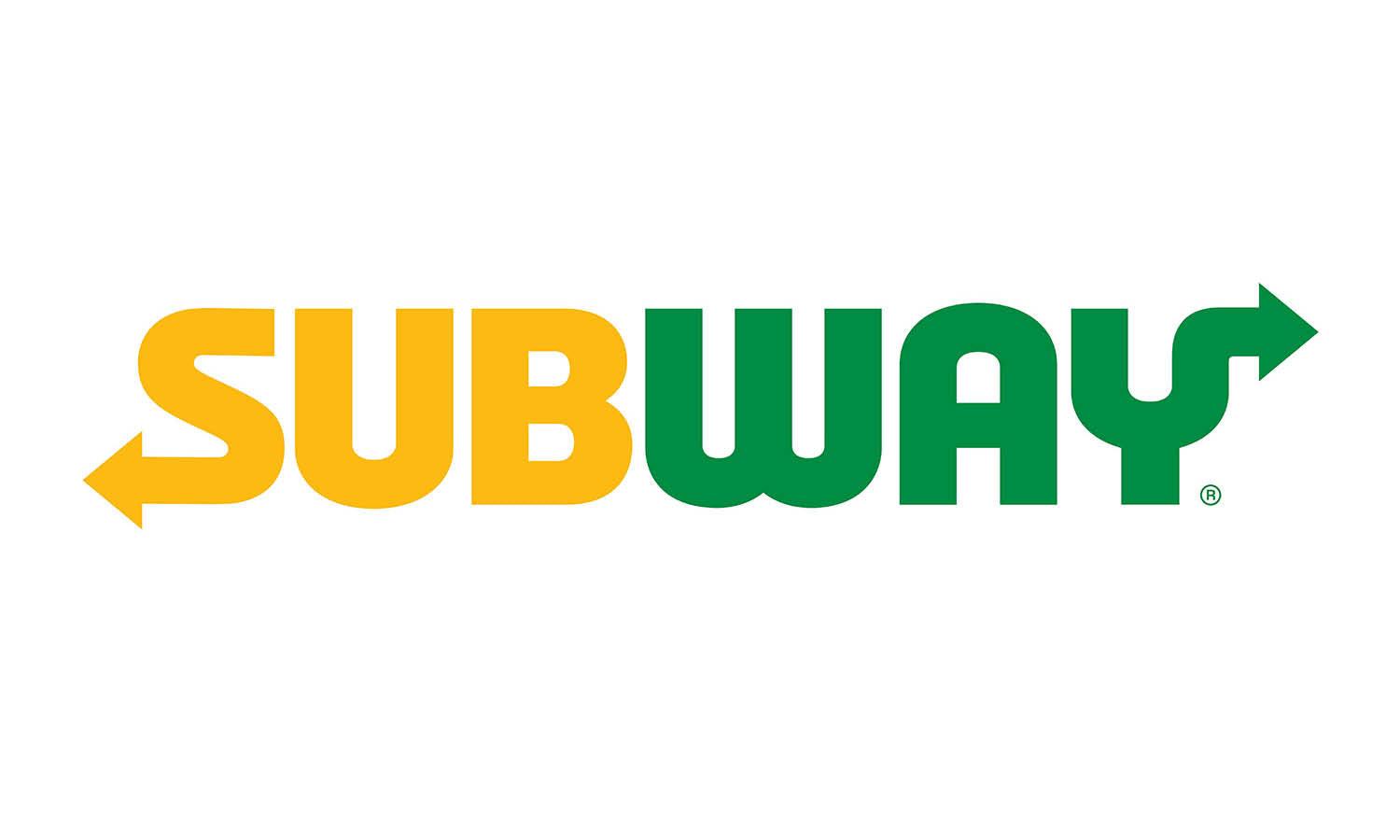
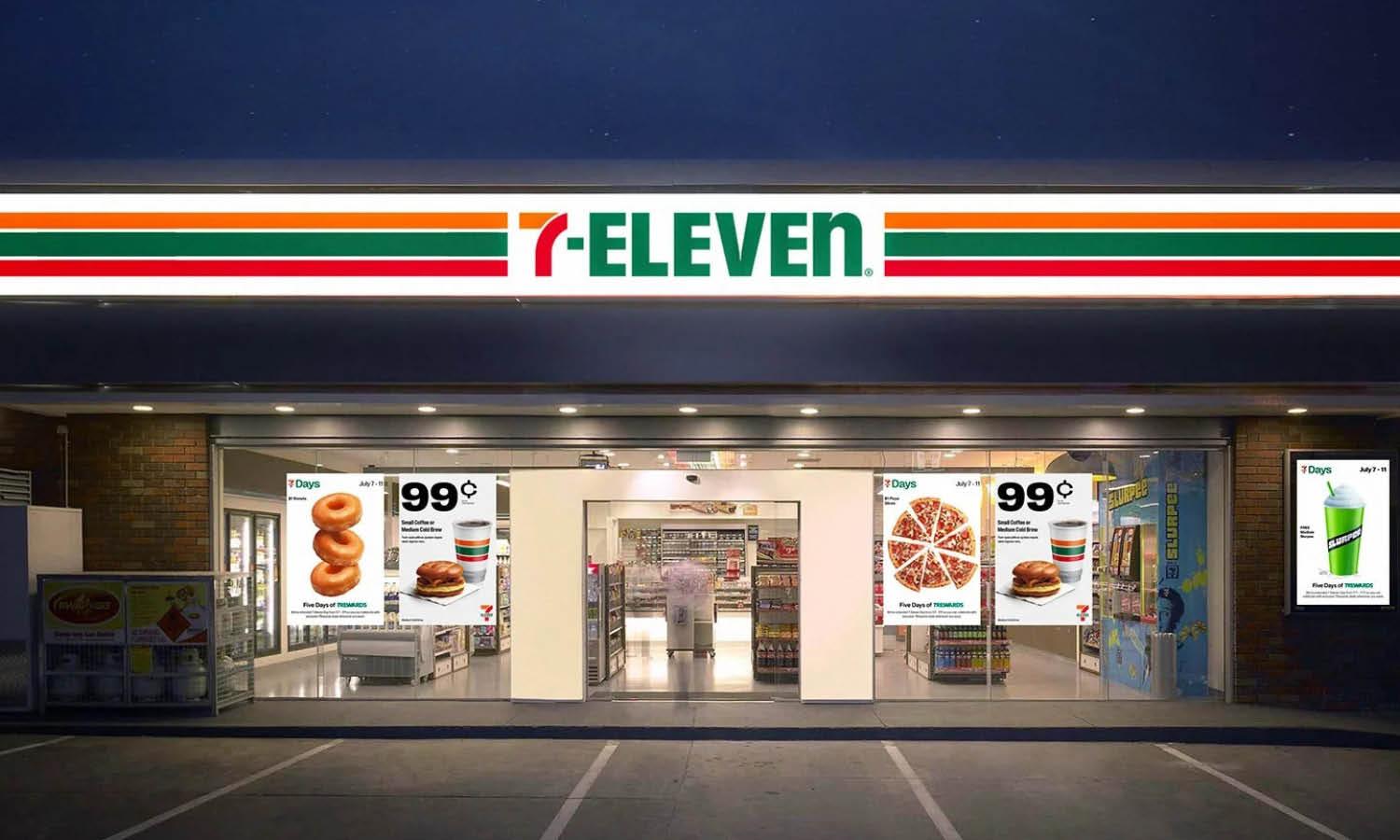
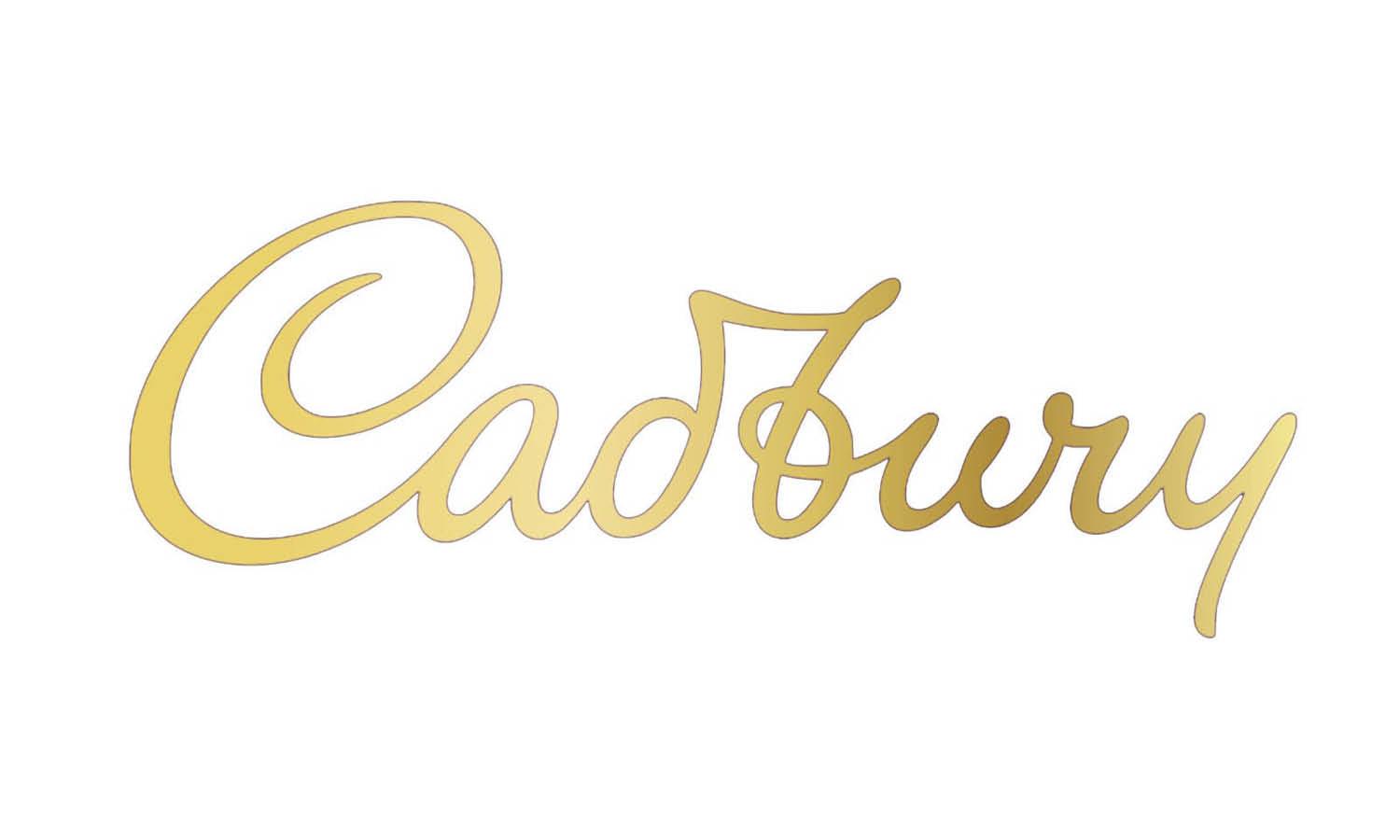
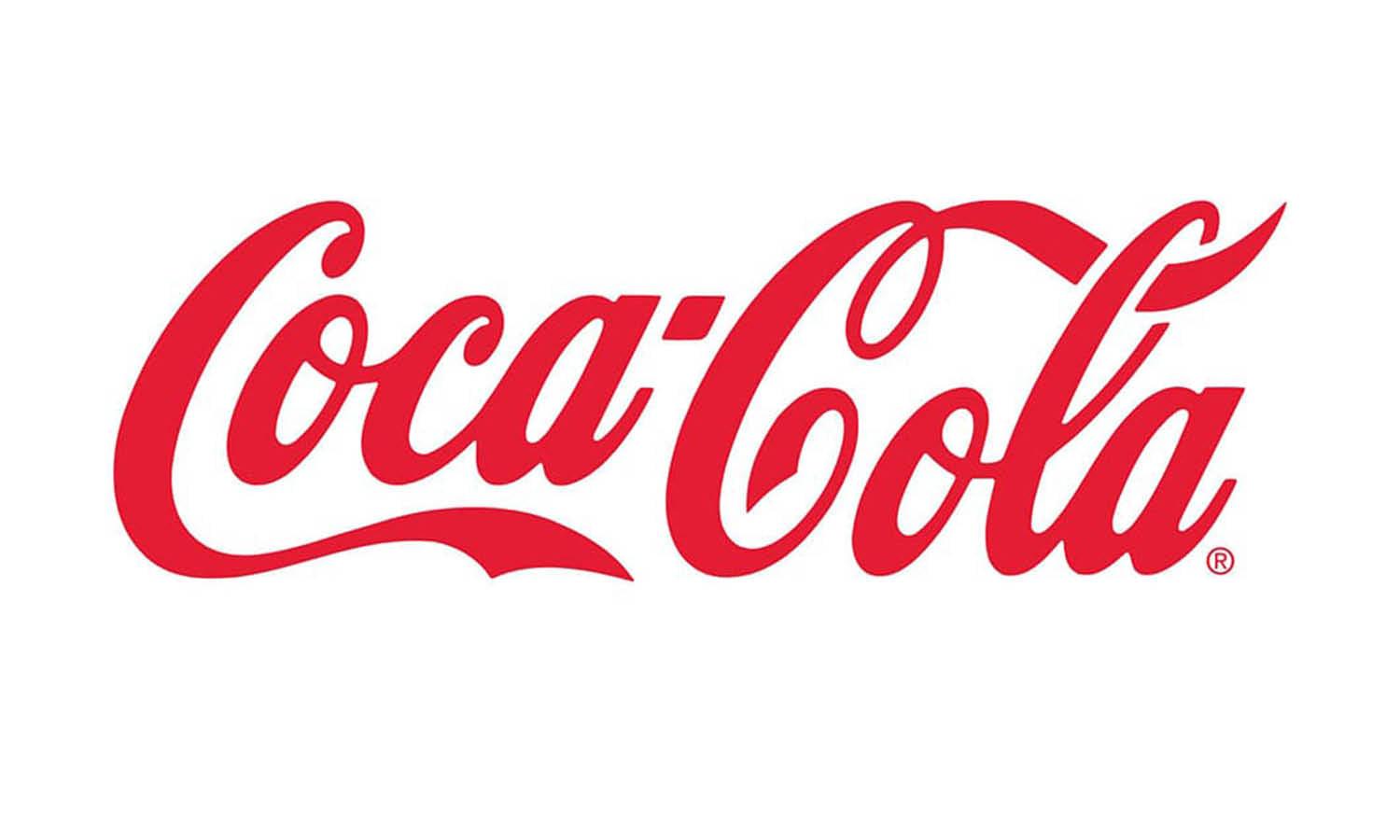
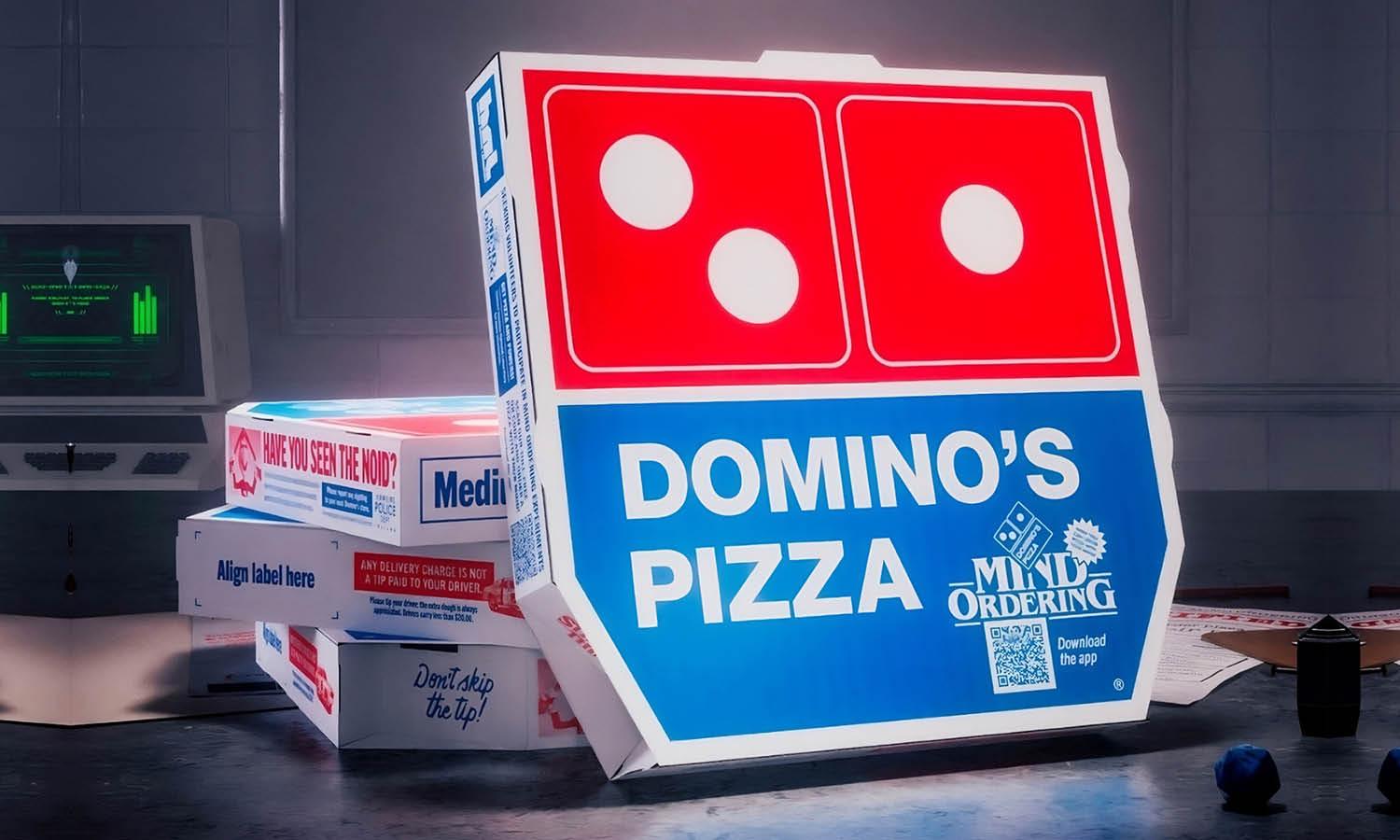
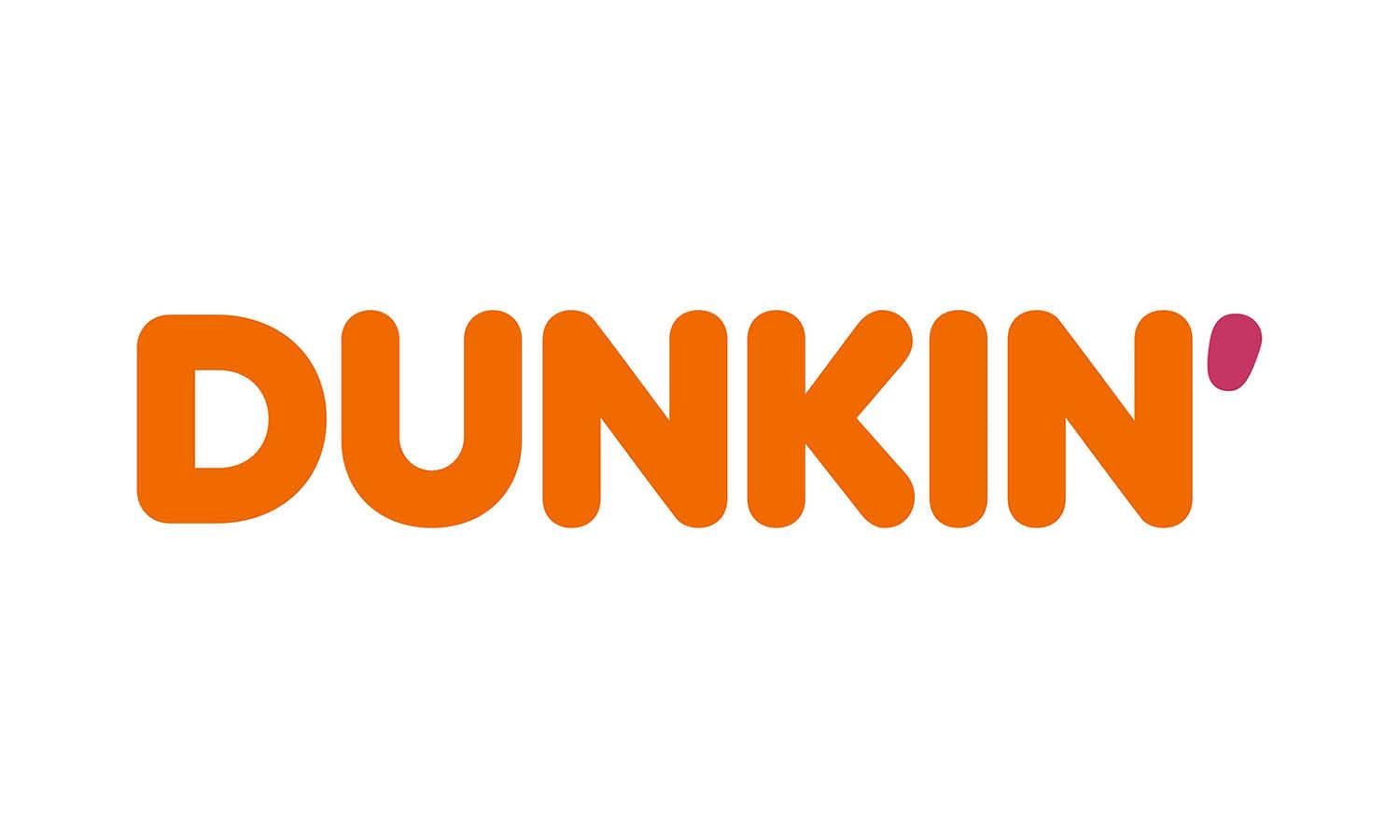









1 comment
Very good
Israel Chidiebere Ofido
Leave a Comment